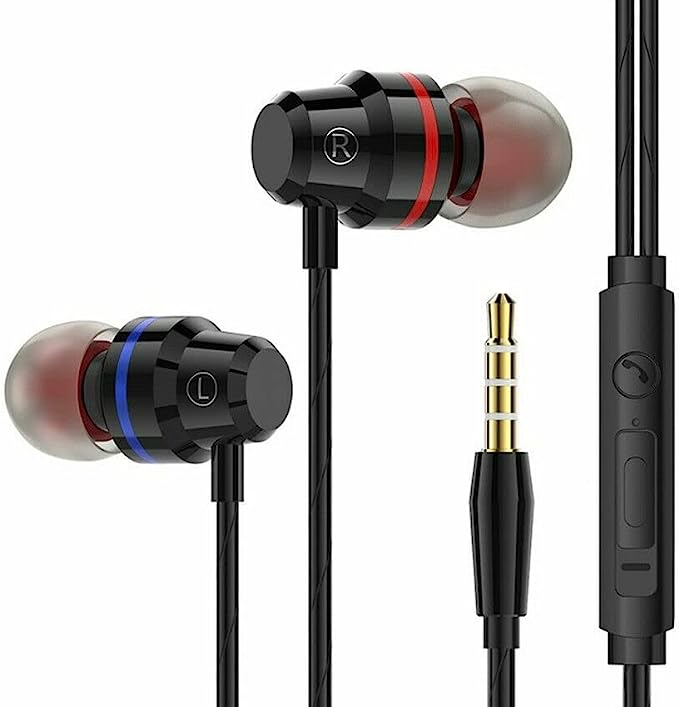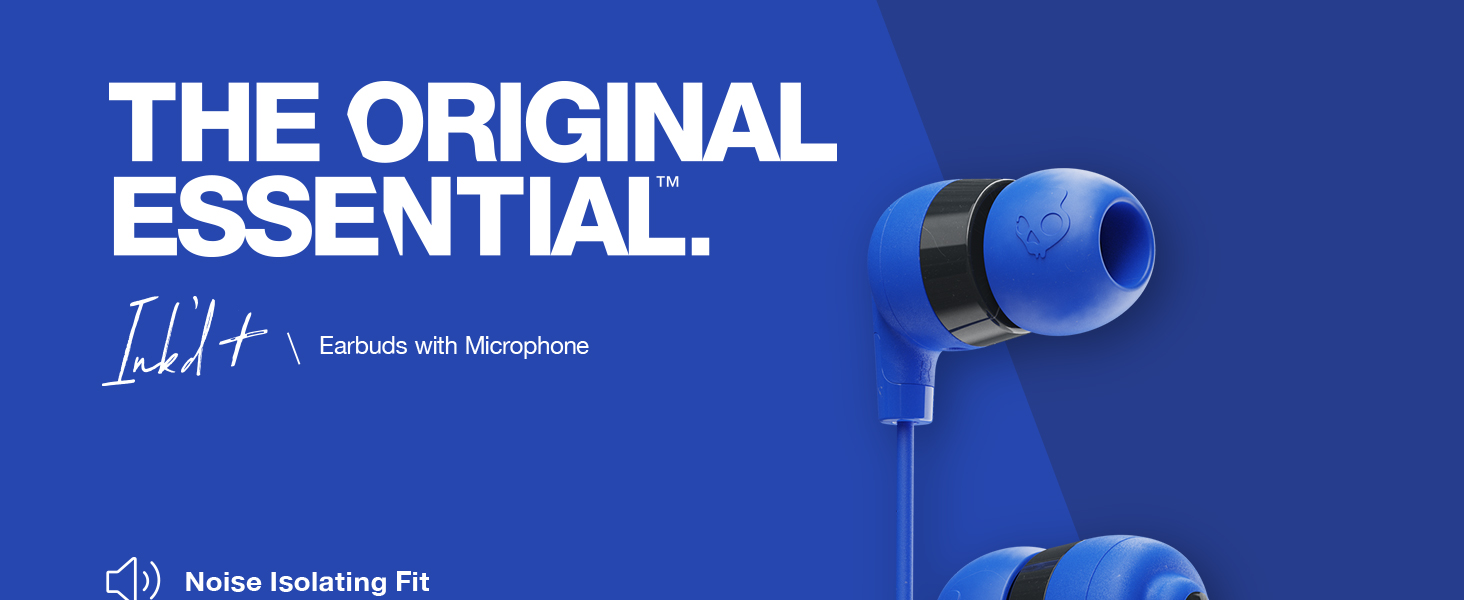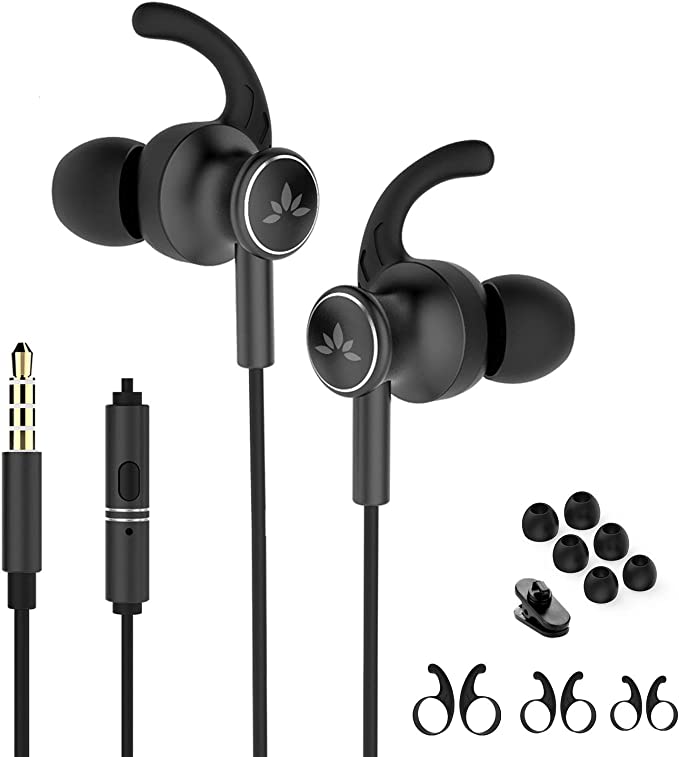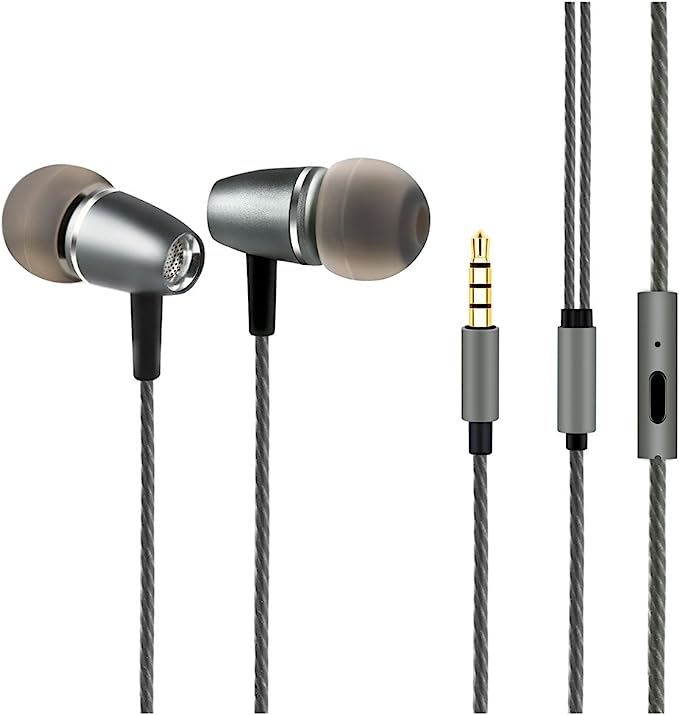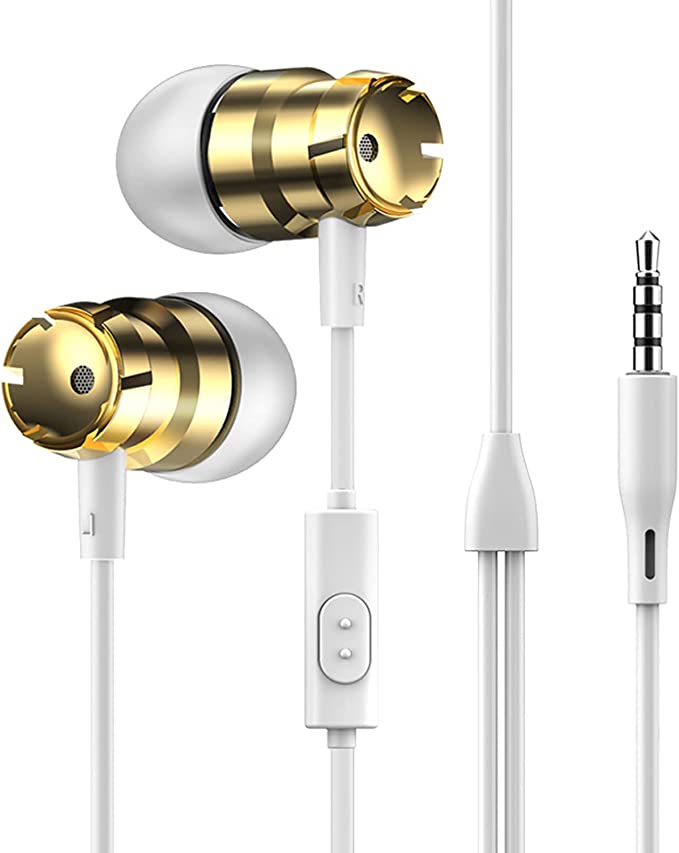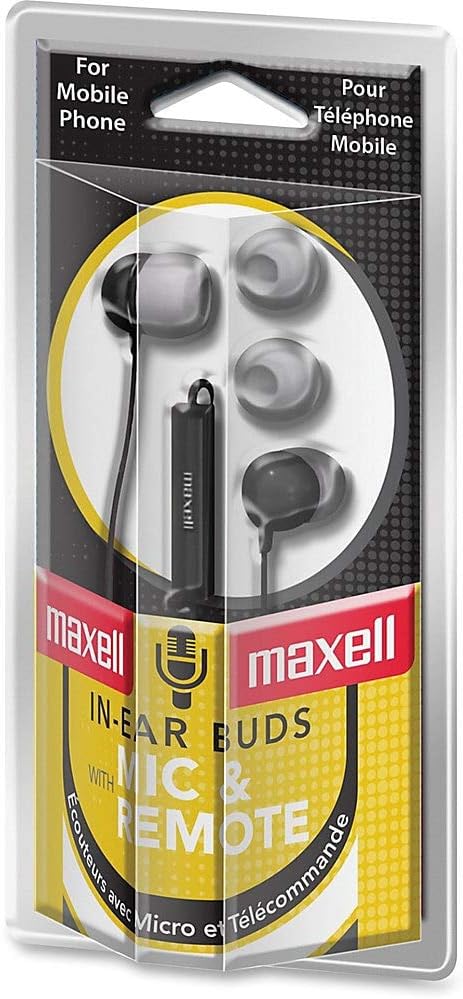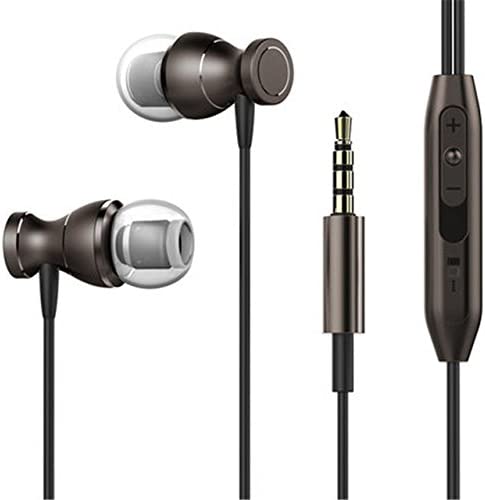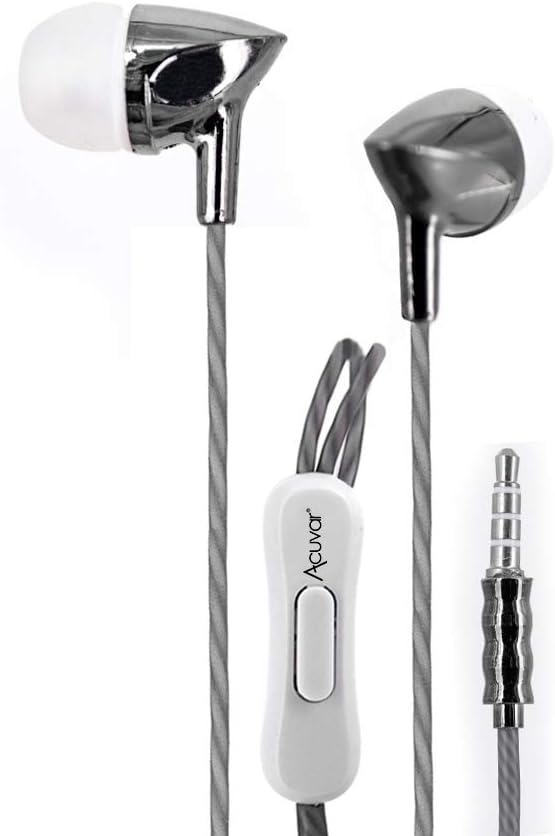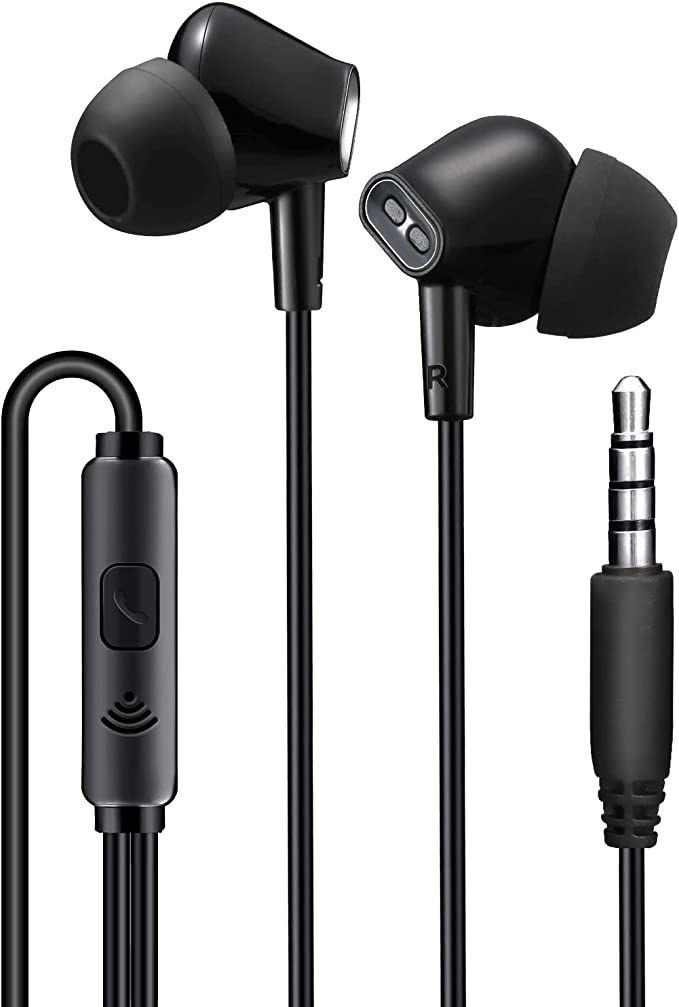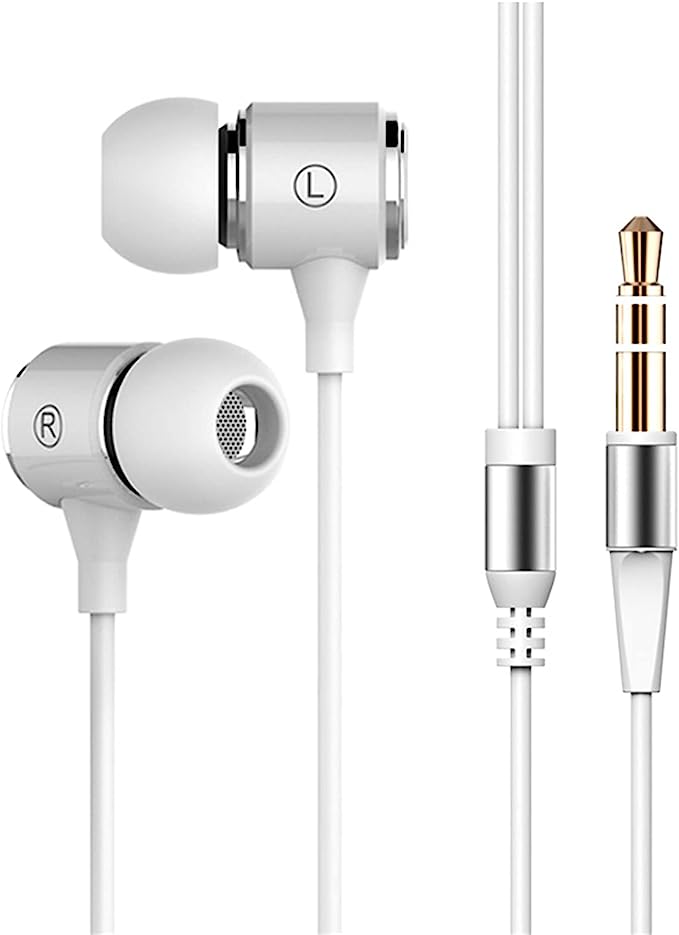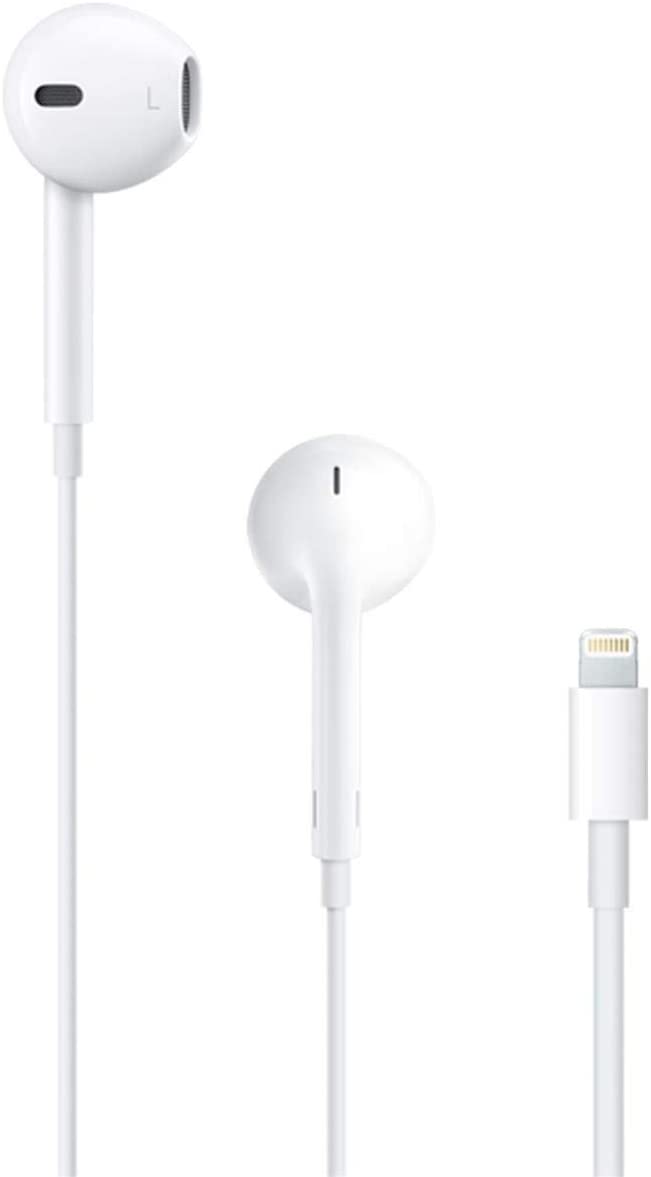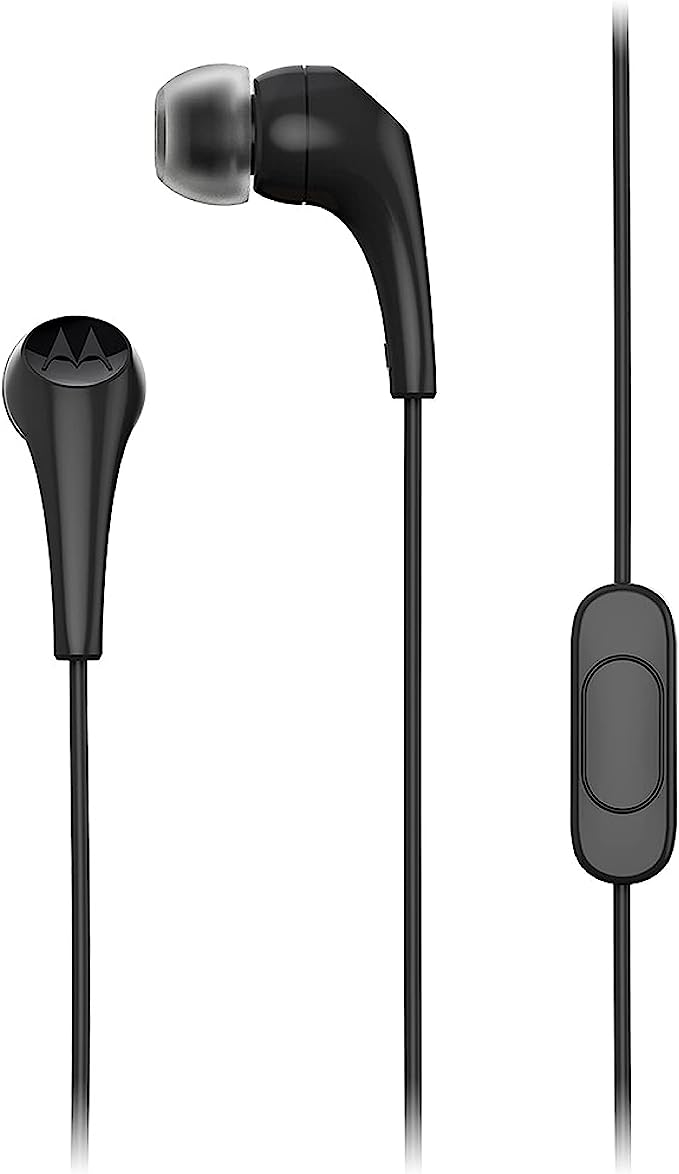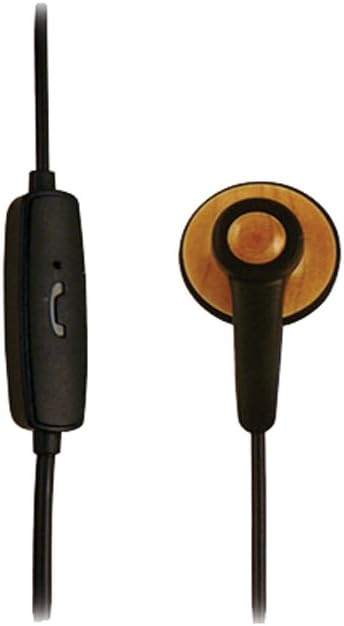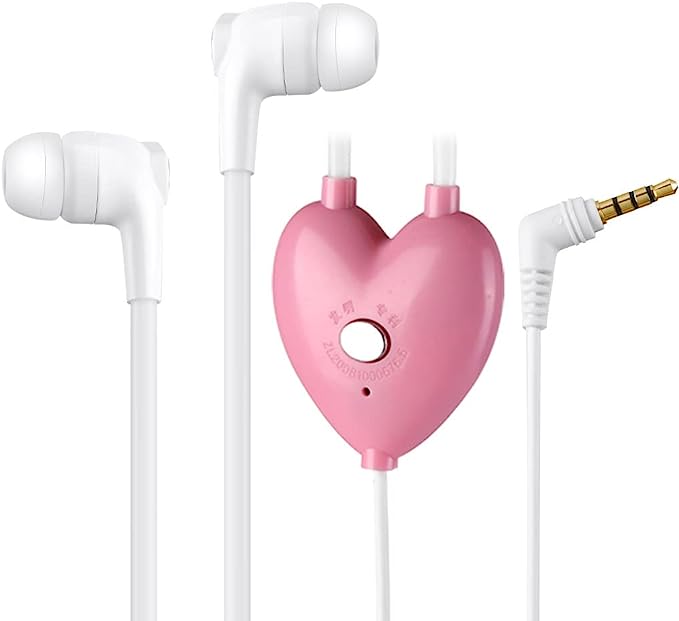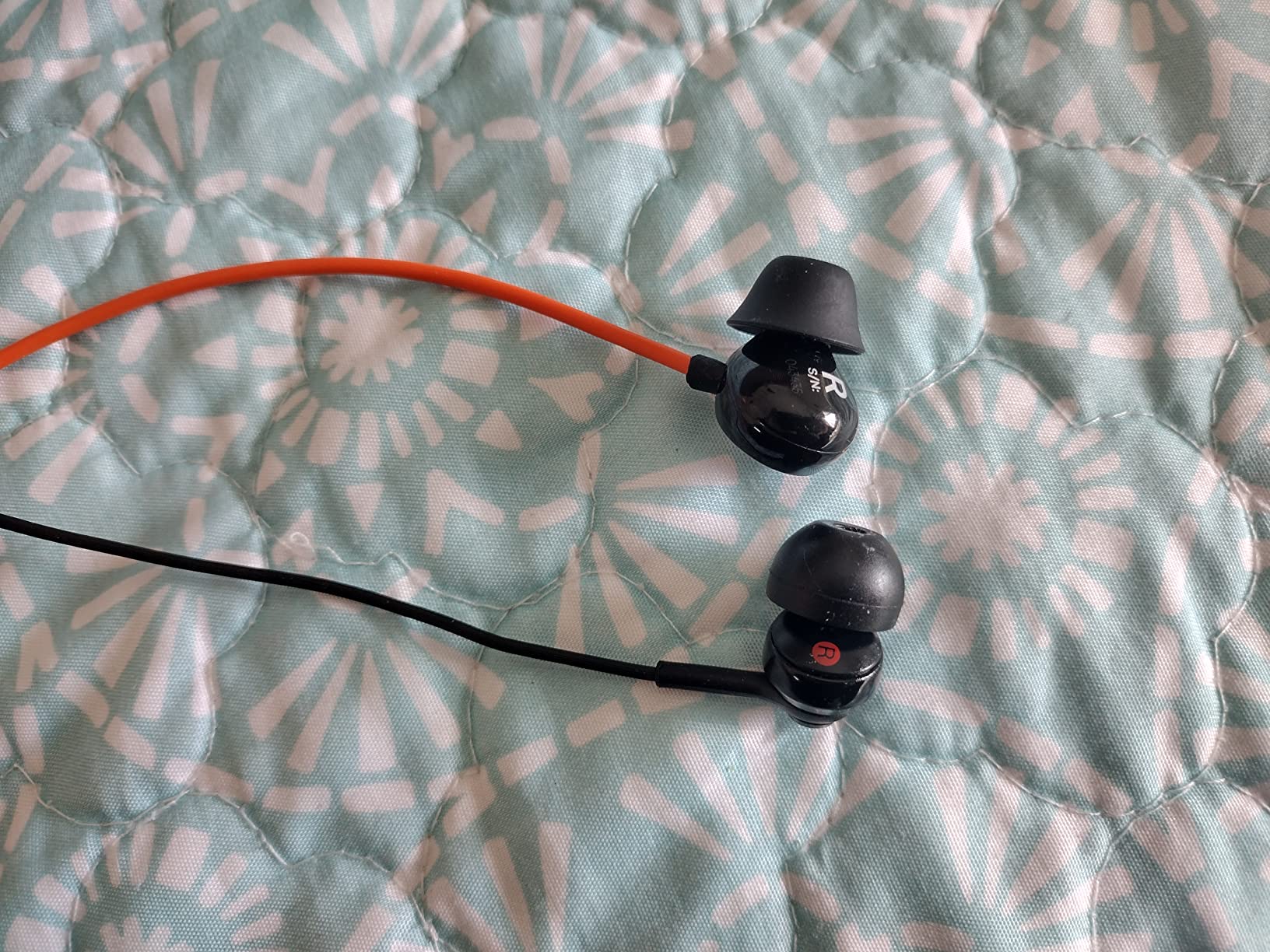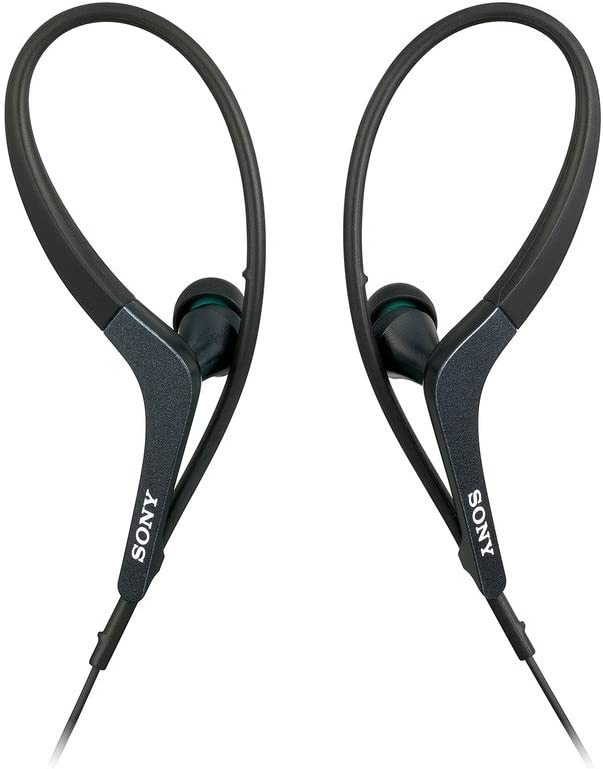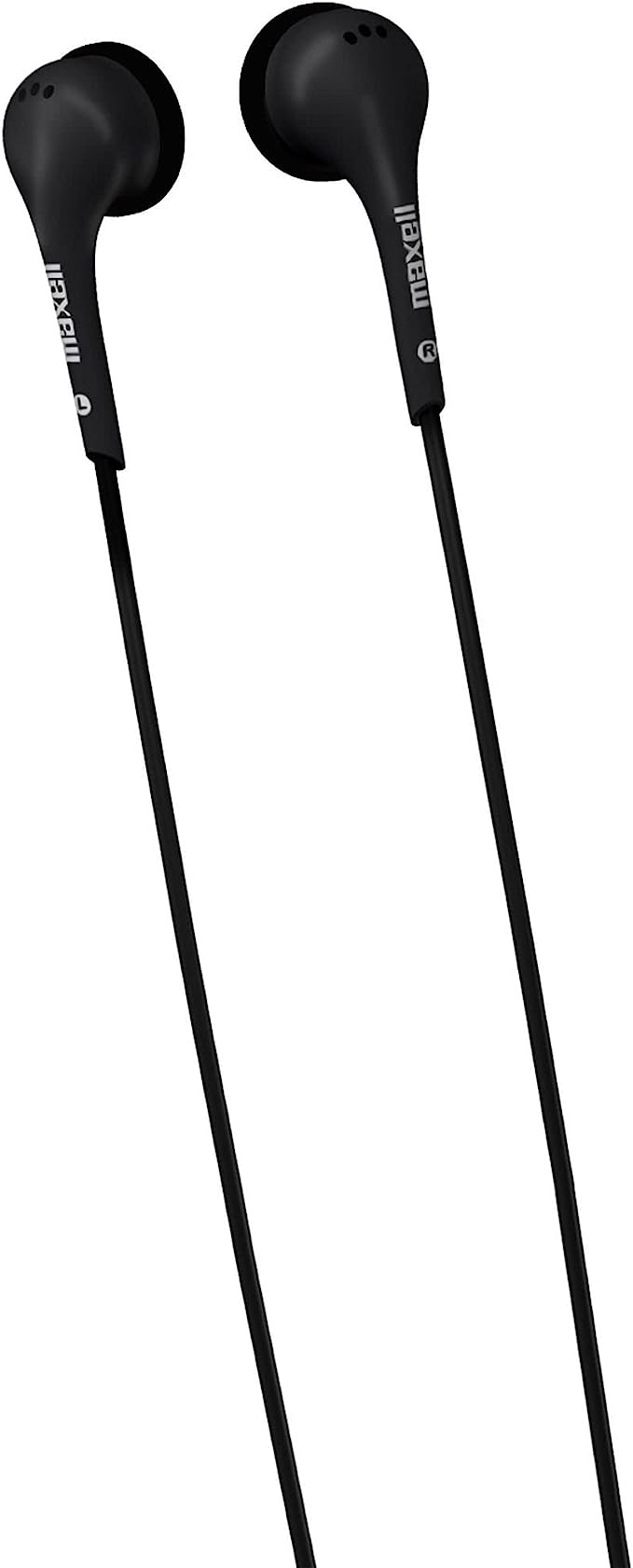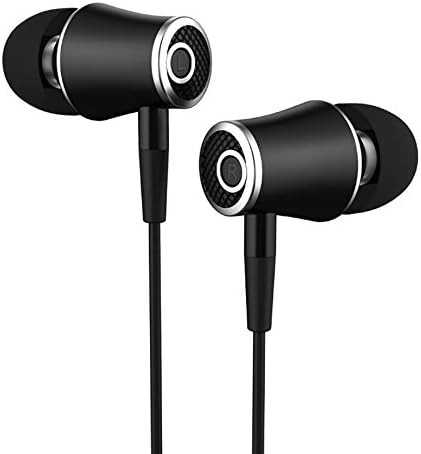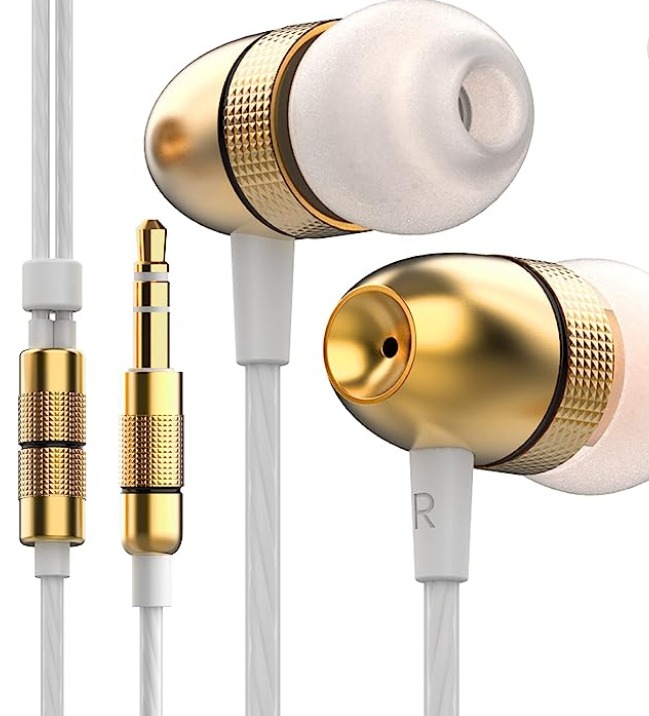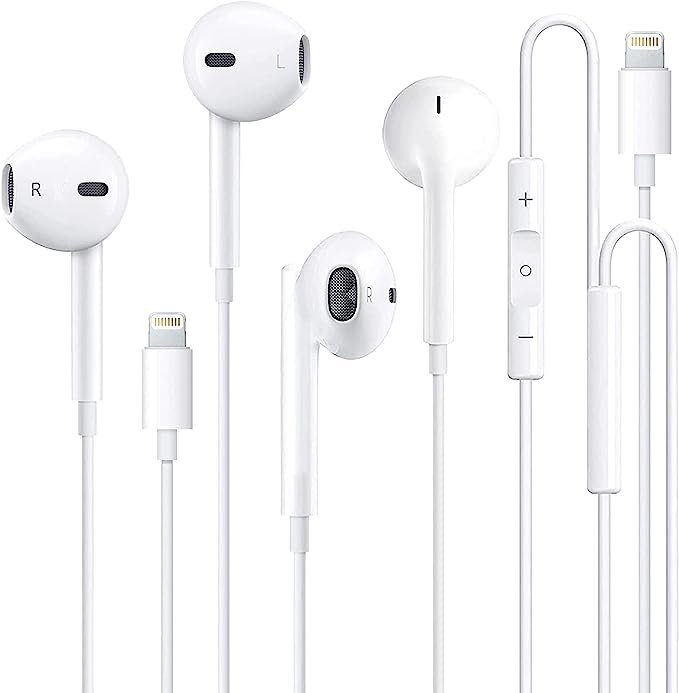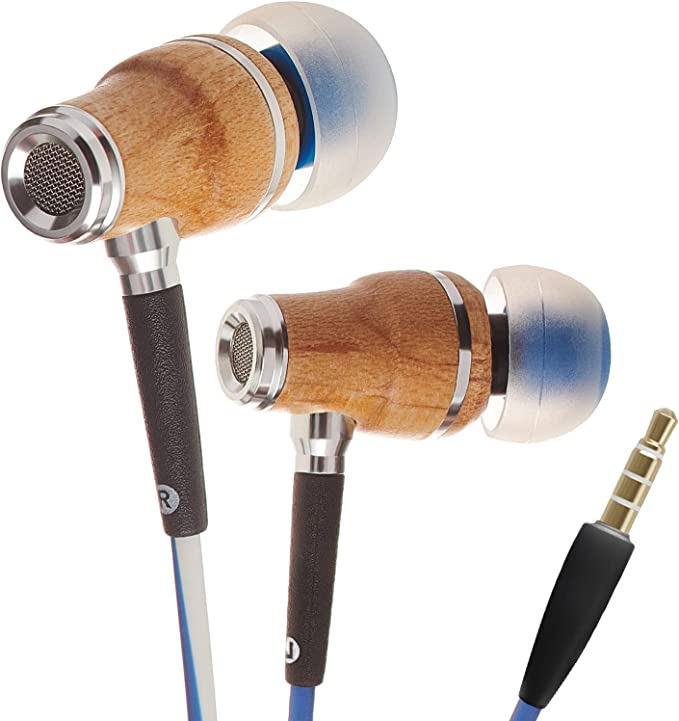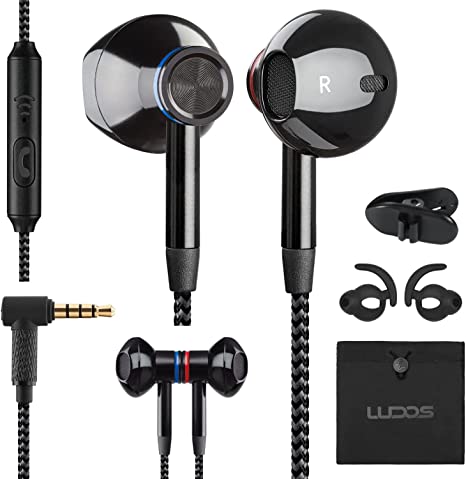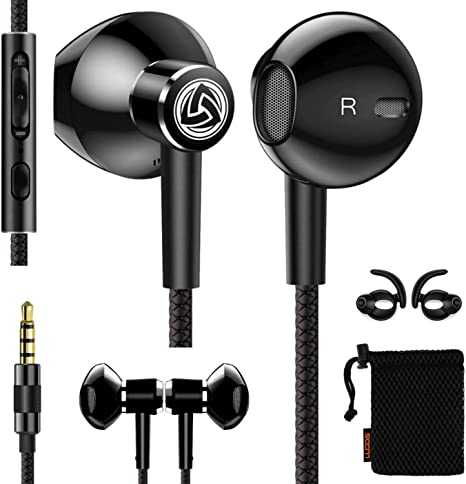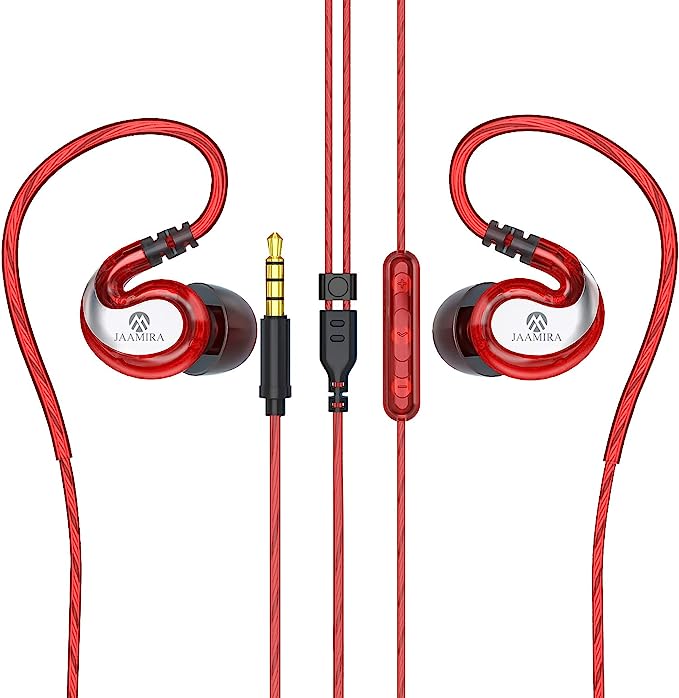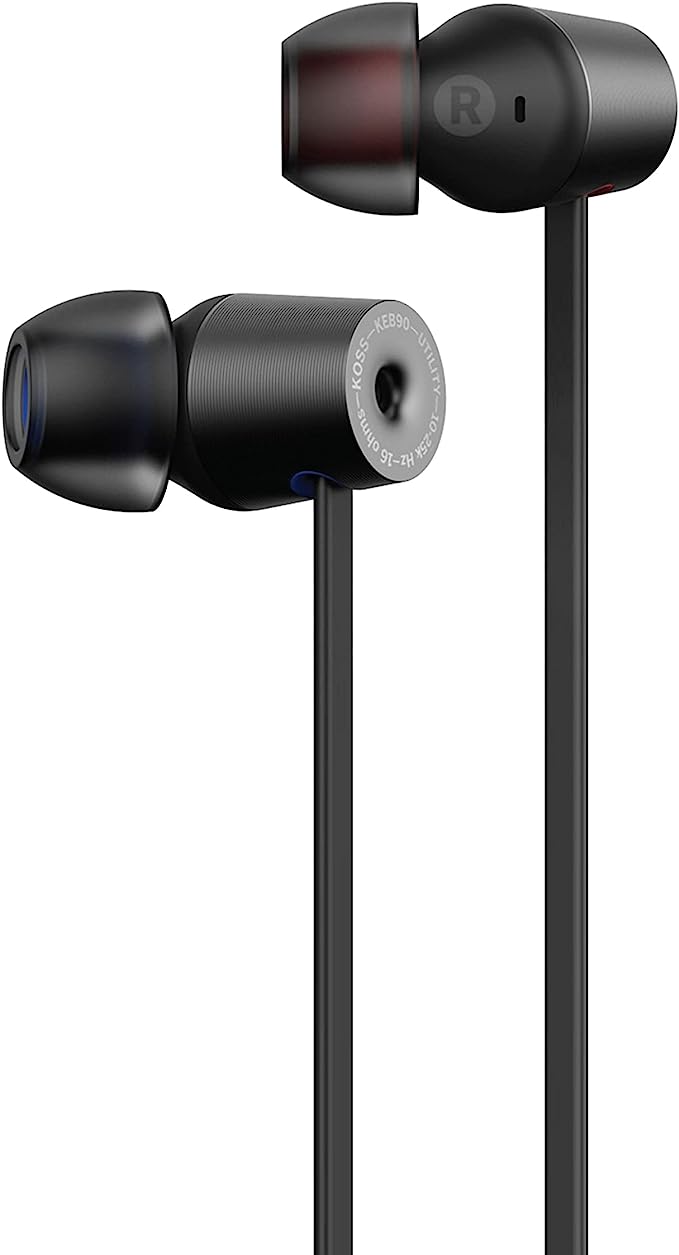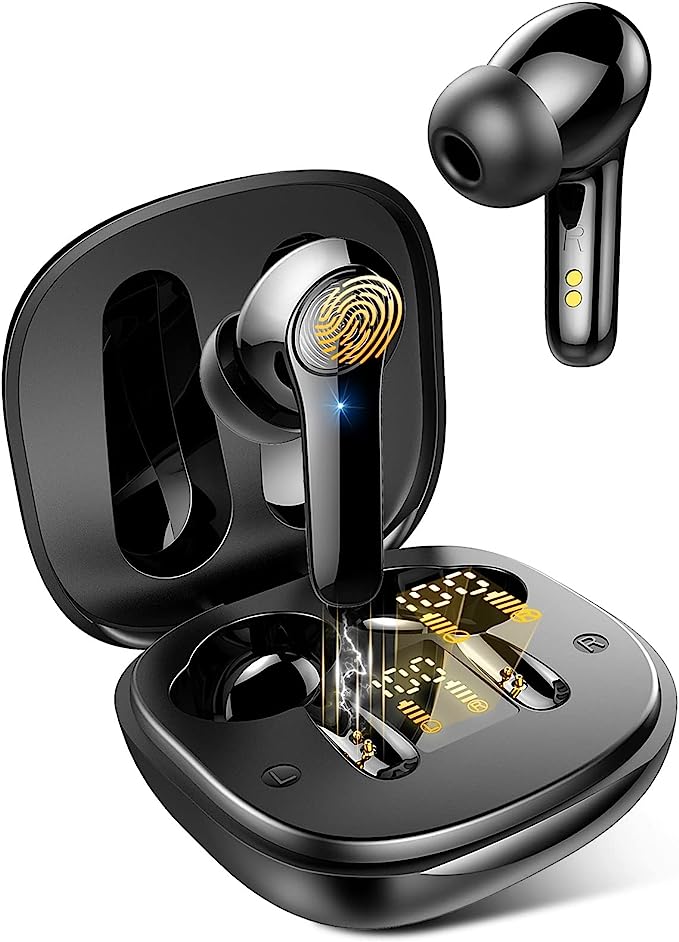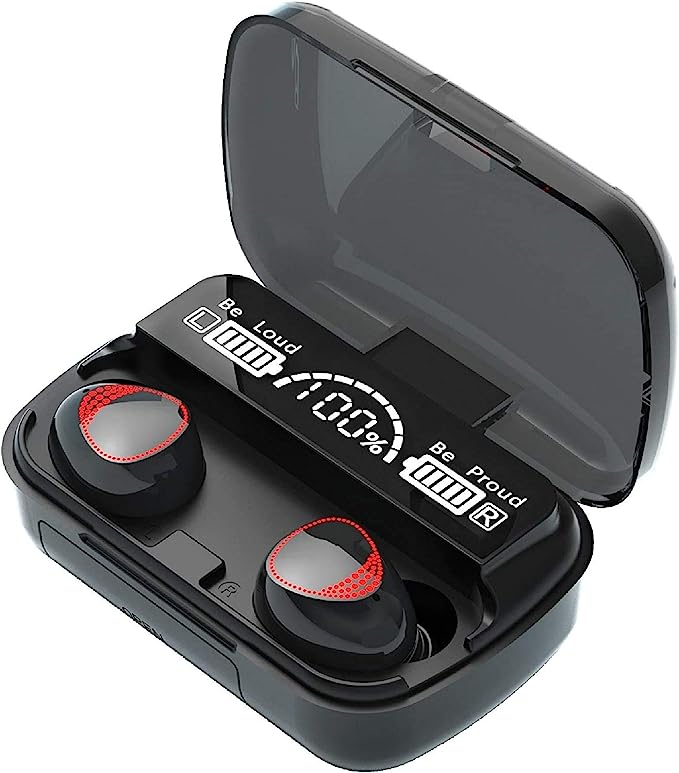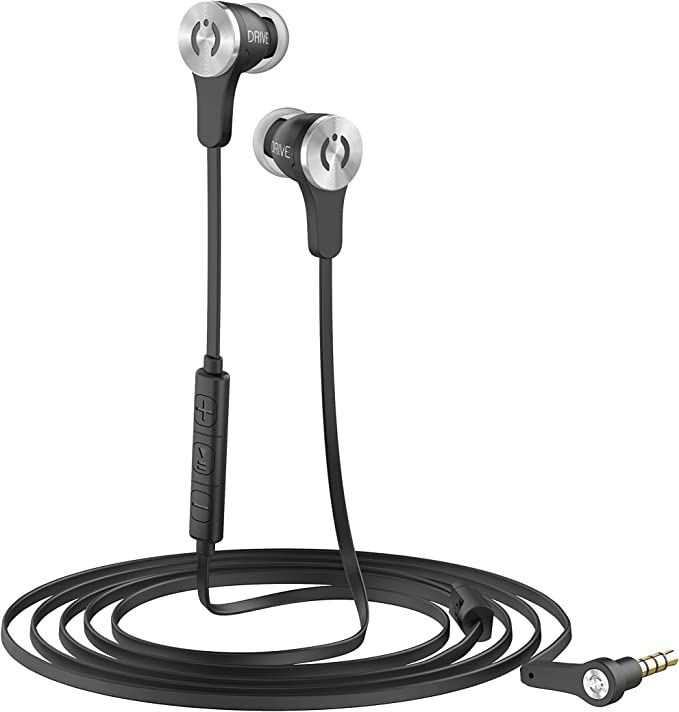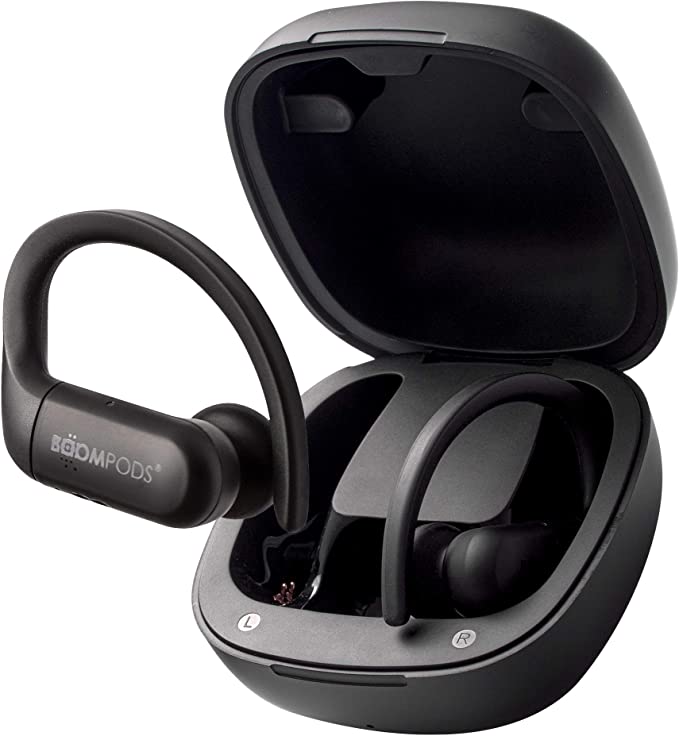Mijiaer M30 Wired Earbuds: Superior Sound and Comfort for Small Ears
Update on Sept. 23, 2025, 7:06 a.m.
It’s a question that borders on the absurd when you truly stop to consider it: How do we take the thunderous, soul-stirring power of a full symphony orchestra—or the raw, electric energy of a rock concert—and pour it, faithfully, into a pair of plastic shells small enough to get lost in a coat pocket?
We take it for granted, this casual act of plugging in and tuning out. But the journey that sound takes from a digital file to your eardrum is nothing short of a scientific epic. It’s a precisely choreographed relay race, passing a baton of energy from the realm of electricity, through the laws of magnetism, into the mechanics of vibration, all while navigating the complex biology of the human ear. This isn’t magic, but it’s the closest thing to it that engineering has to offer.
Let’s pull back the curtain. Using the blueprint of a common, everyday earbud, we can uncover the universal principles that govern nearly every piece of personal audio equipment, from the most basic to the most bespoke.

The Birth of a Vibration: A Lesson in Electromagnetism
The journey begins with a silent, invisible messenger: an electrical current. The audio signal, traveling down the headphone cable from your device, is essentially a coded message, a musical score written in the language of voltage. The first and most critical task is to translate this electrical score into physical movement. This act of translation happens inside the heart of the earbud: the driver.
A driver is an electroacoustic transducer, which is a wonderfully complex term for a simple concept: it changes one form of energy into another. At its core, a typical dynamic driver, like the 10-millimeter neodymium units found in countless devices such as the Mijiaer M30, is a masterful application of 19th-century physics. It consists of three key parts: a stationary magnet, a tiny, lightweight coil of wire attached to a diaphragm (a thin, flexible cone), and the electrical signal itself.
Here’s where the magic happens. When the electrical audio signal flows through the voice coil, it turns the coil into a temporary electromagnet. This new, fluctuating magnetic field interacts with the field of the permanent magnet fixed behind it. As the musical signal rises and falls, the coil is rapidly pushed and pulled by this magnetic force—a phenomenon known as the Lorentz force. Because the coil is attached to the diaphragm, the diaphragm is forced to vibrate in perfect sync with the original audio signal.
It begins to pump back and forth like a microscopic piston or the head of a tiny drum, creating pressure waves in the air. Those pressure waves are sound. The choice of a neodymium magnet is crucial here. As one of the strongest types of permanent magnets on Earth, it creates a powerful magnetic field, allowing for forceful, precise control over the diaphragm’s movement. This control is what allows the driver to accurately reproduce both the deep, slow vibrations of a bass note and the frantic, high-frequency oscillations of a cymbal crash.

The Fortress of Silence: The Physics of Isolation
A sound has been born, but it is a fragile thing. The world outside is a cacophony of competing noises—the drone of an air conditioner, the chatter of a café, the rumble of a subway car. For you to hear the subtle details of a violin solo, the music must be protected from this acoustic onslaught.
This is the job of passive noise isolation. Unlike its more complex cousin, active noise cancellation (which uses microphones and electronics to create anti-noise waves), passive isolation is about fundamental physics: building a physical barrier. It’s about creating a fortress of silence.
The effectiveness of this fortress depends almost entirely on one thing: the seal. When an in-ear earbud is properly seated, the silicone or foam eartip expands slightly to fill the unique contours of your ear canal. This creates an airtight seal that does two things simultaneously. First, it reflects and absorbs external, higher-frequency sound waves, preventing them from ever reaching your eardrum. Second, it traps the sound waves produced by the driver inside the ear canal, preventing them from leaking out. This second point is critical for good audio quality, especially for bass. Low-frequency sound waves are long and powerful, and without a proper seal, they simply dissipate, leaving the music sounding thin and weak.
This is why manufacturers provide multiple eartip sizes, typically Small, Medium, and Large. It’s a tacit admission that human anatomy is wonderfully diverse. Finding the right size isn’t just about comfort; it’s about completing an acoustic circuit and ensuring the driver’s hard work isn’t wasted.

The Anatomical Handshake: A Dance with Ergonomics
The fortress is built, but you won’t want to live in it if it’s uncomfortable. For decades, the “one-size-fits-all” approach to earbud design has been a source of collective frustration. The truth is, the human ear—with its intricate landscape of folds, curves, and hollows known as the pinna and concha—is as unique as a fingerprint.
Modern ergonomics, the science of designing for the human body, has finally started to catch up. A key innovation seen in many contemporary earbuds is a subtle but profound design choice: an angled nozzle. Instead of jutting straight into the ear at a 90-degree angle, the nozzle that holds the eartip is canted forward, typically between 45 to 60 degrees.
This isn’t an arbitrary aesthetic choice. It’s a direct response to anatomical data, which shows that the human ear canal doesn’t travel straight into the skull but rather angles slightly forward and downward. An angled nozzle aligns with this natural pathway. It’s the difference between trying to force a square peg into a round hole and crafting a key that perfectly matches the lock. The result is less pressure on the sensitive cartilage of the ear, a more secure fit that resists being dislodged, and dramatically improved long-term comfort. This anatomical handshake between device and body is a testament to how the best engineering is often invisible, felt only as an absence of discomfort.

The Unbreakable Thread: A Story of Material Science
Connecting this entire system is the humble, often-overlooked cable. Yet, this simple thread is a battleground of competing material science demands. It needs to be incredibly strong to withstand thousands of tugs and bends, yet flexible enough to be coiled into a pocket. It must be electrically conductive, yet perfectly insulated. And ideally, it should resist the maddening tendency to tie itself into impossible knots.
Many modern cables are made from TPE, or Thermoplastic Elastomer. This is a class of copolymer that combines the processability of plastics with the flexibility and elasticity of rubber. At a molecular level, TPEs are composed of both hard, crystalline segments and soft, amorphous segments. The hard segments provide structural integrity and strength, while the soft segments allow the material to bend and stretch without breaking.
Furthermore, the material choice has acoustic implications. You may have experienced the “stethoscope effect,” or microphonics, where a cable rubbing against your clothing creates a distracting thumping sound in your ears. This is caused by vibrations traveling directly up the solid material of the cable. The damping properties of materials like TPE, combined with a smooth outer jacket that reduces friction, help to mitigate this unwanted noise, further purifying the listening experience.

The Final Performer: Your Brain
The electrical signal has been converted to a vibration. The vibration has been isolated from the outside world and delivered comfortably into your ear canal. But the journey isn’t over. The final, and most incredible, transducer in this entire chain is you.
The sound waves travel down your ear canal and strike the eardrum, a delicate membrane that vibrates in response. These vibrations are transferred through a series of three tiny, intricate bones—the ossicles—which act as a mechanical amplifier. Finally, they reach the cochlea, a fluid-filled, spiral-shaped organ lined with thousands of microscopic hair cells. These cells convert the mechanical vibrations into electrochemical signals, which are sent up the auditory nerve.
It is only when these signals reach your brain that they are interpreted, decoded, and ultimately perceived as music. Your brain is the final performer, taking the raw data of frequency and amplitude and imbuing it with emotion, memory, and meaning.
So the next time you plug in your earbuds, take a moment to appreciate the miniature miracle you’re holding. It’s a testament to human ingenuity—a device that channels the fundamental forces of the universe and partners with our own complex biology to perform the most beautiful trick of all: creating a private, personal soundtrack for our lives.
